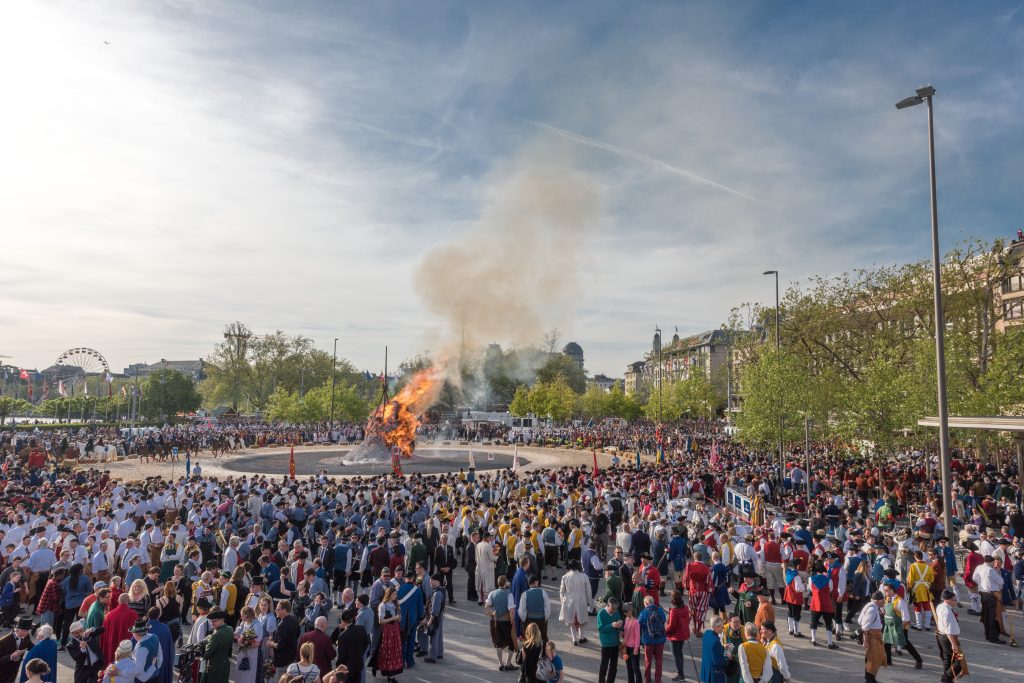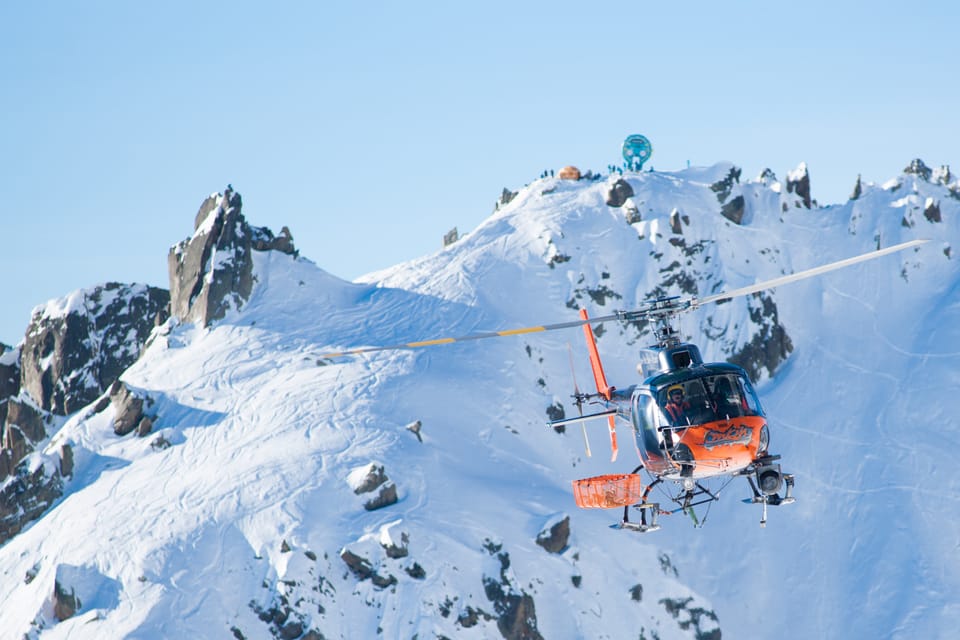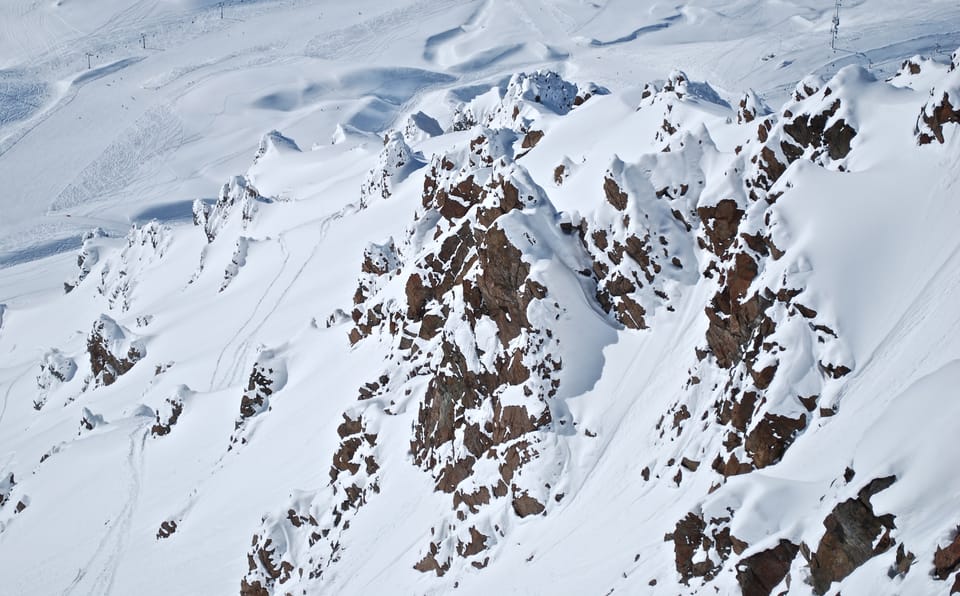Swiss Use Exploding Snowman’s Head to Predict Whether it will Snow in Summer
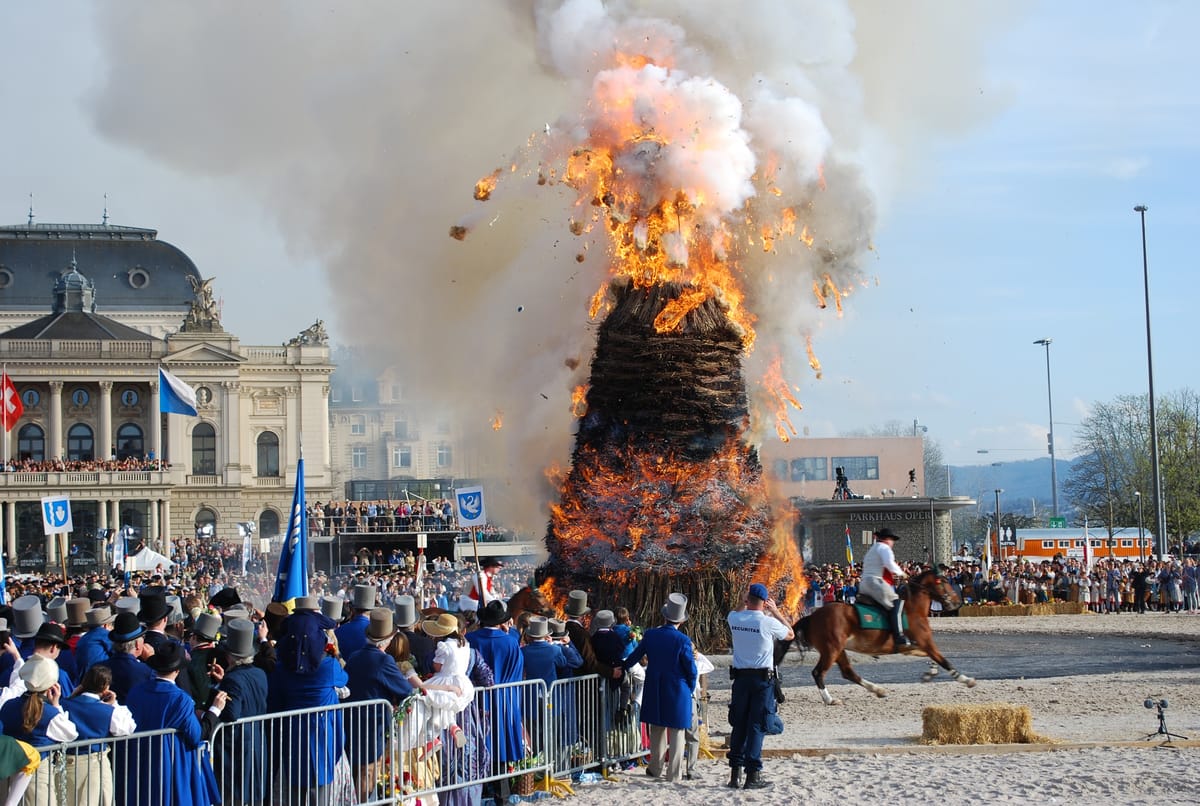
A long-standing festival in Zurich next month will once again be used to predict how the weather will turn out over the coming spring and summer.
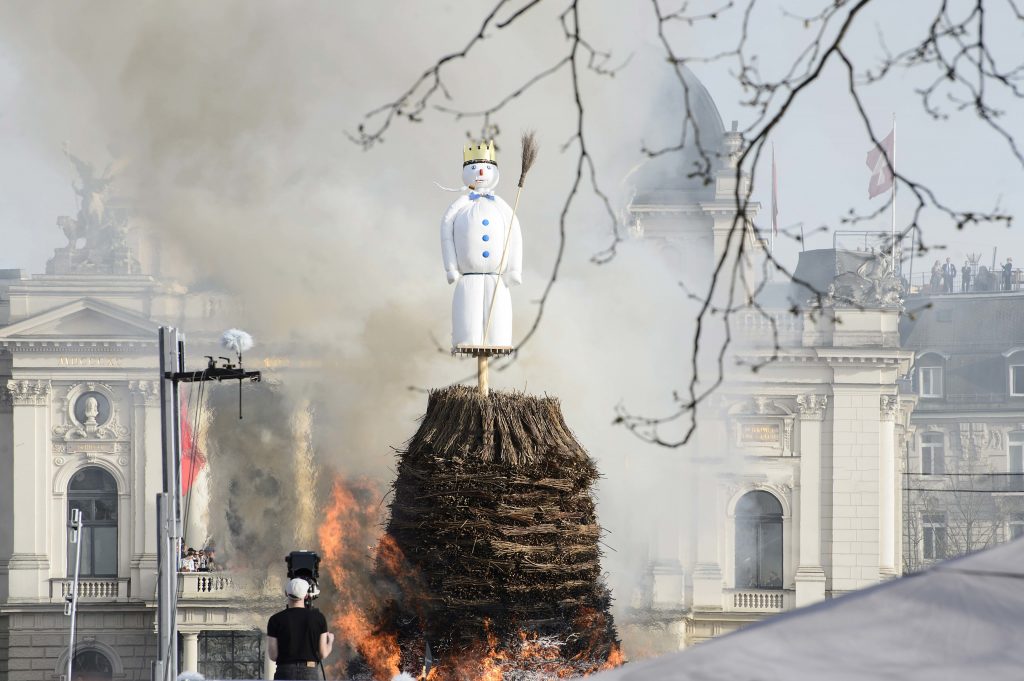
The annual Sechseläuten (or “Sächsilüüte” as it is known in local dialect) is a kind of combination of Britain’s Bonfire Night and America’s Groundhog Day as a snowman is burned on a giant bonfire at the height of the festivities.
In a uniquely Swiss twist
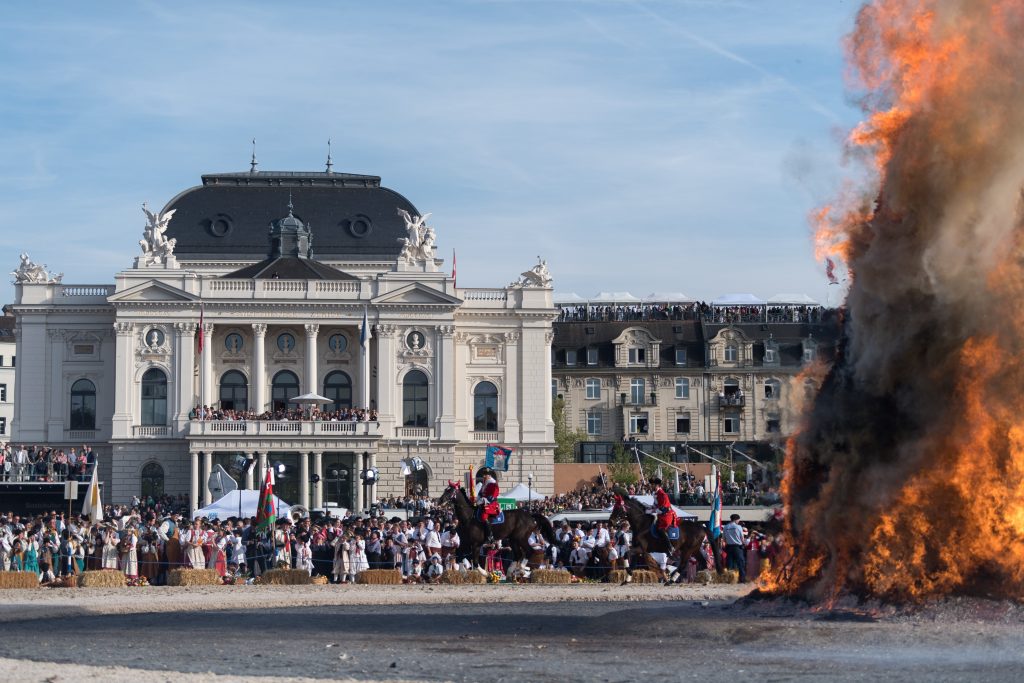
The snowman in question (and he’s a flammable 3.4m/11 feet high effigy of a snowman,
The Swiss timing on the Böögg’s head exploding works out as:
0 – 6 min: It will be a sunny summer.
6 – 10 min: It will be a cloudy summer.
10 – 15 min: It will be a rainy summer.
15 minutes or more: It will snow in summer.
The origins of the festival date back nearly 500 years to the 16th century, when Zurich’s City Council – which at that time comprised exclusively members of various Zurich guilds – decided work should finish an hour later in summer than in winter, at 6pm rather than 5pm. Prior to this people would continue working so long as it was daylight.
The day gets going at
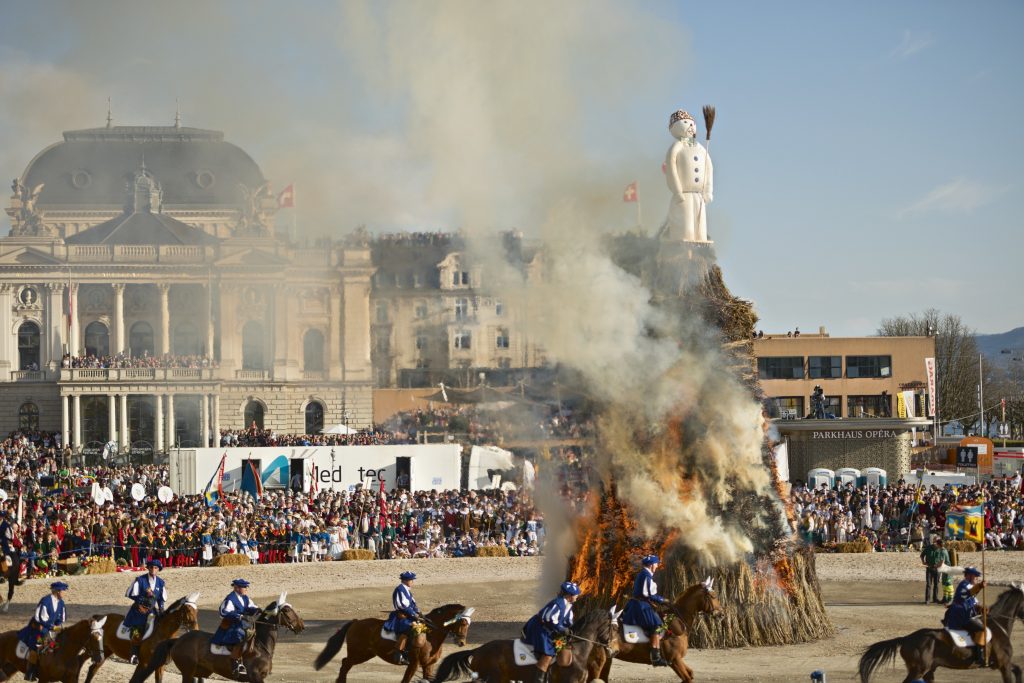
At 6pm the huge bonfire in the middle of Sechseläutenplatz is set alight and everyone finds out what the weather will be like depending on how fast the Böögg’s head explodes.
Celebrations continue at
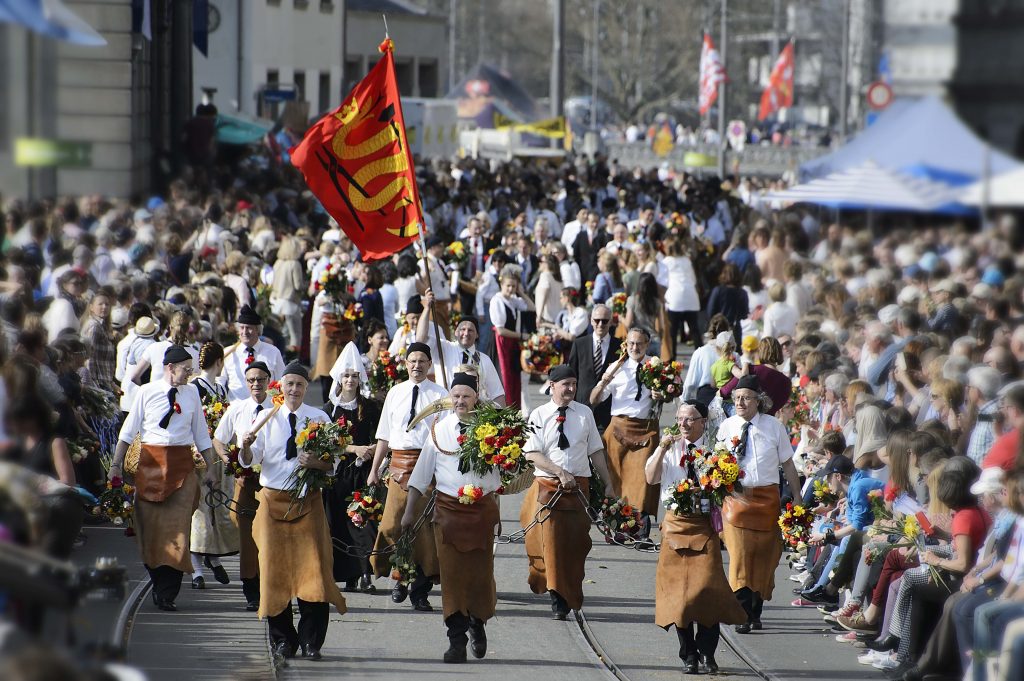
The ceremony originally took place on the first Monday after the vernal equinox, at the end of March. In 1952, it was moved to the third Monday of April. However, if this day falls on Easter Monday, the festival is held a week later.
This year
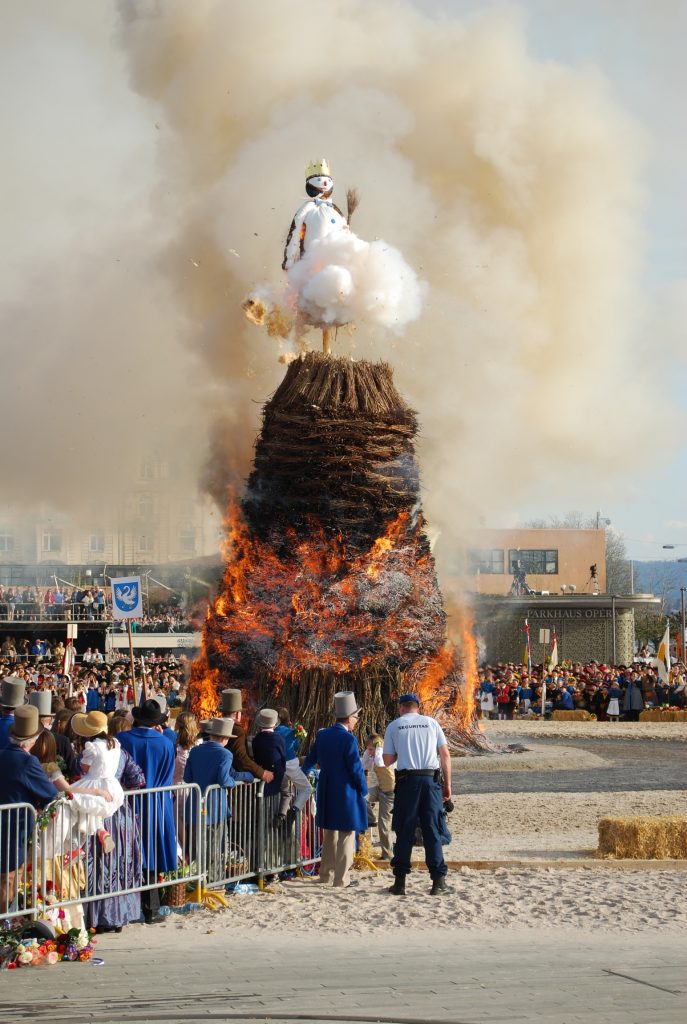
The ceremony has not always gone off without a hitch. In 1921, a young lad – allegedly incited by communists – set fire to the Böögg early and unofficially at 1.30pm and in 1950, 1960, 1993 and 1994, the Böögg fell off the pyre before its head had exploded. Then in 2006, the Böögg was abducted by a group of leftist revolutionaries. It reappeared at the Swiss Labor Day festivities on May 1, then disappeared again before eventually turned up in the cellar of a school building. Nevertheless, the burning of the Böögg still went ahead as scheduled – using an emergency back-up Böögg.
Is the Böögg’s head exploding weather prediction ever correct? Well, no one seems to have kept accurate records, but the organisers are keen to point to 2003 when his head exploded in a record-breaking 5 minutes, 42 seconds, correctly predicting the extremely hot summer of that year.
